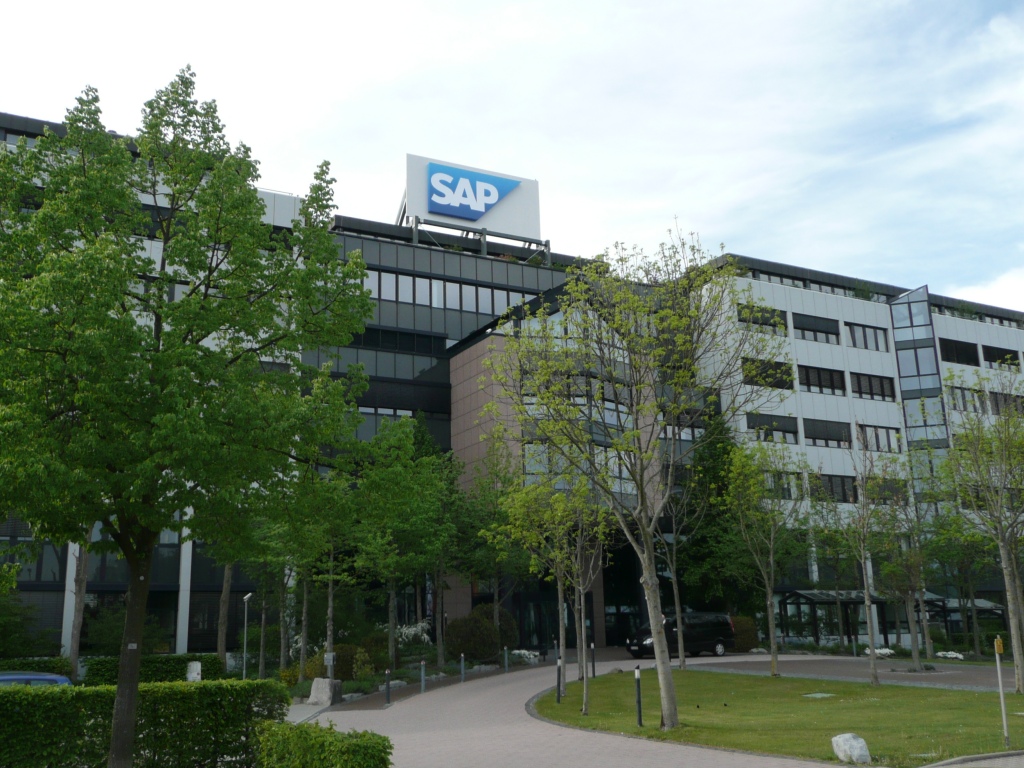95% of SAP deployments 'vulnerable to cyber attacks'
Customer and supplier records could fall into hackers' hands, warns Onapsis

Over 95 per cent of SAP implementations have vulnerabilities exposing them to cyber attacks, it has been claimed.
While SAP disputes this claim as false, researchers from application security vendor Onapsis said they have found three serious flaws in the German tech giant's application layer.
These flaws could, if exploited, expose financial, credit card, customer and supplier data alongside intellectual property, the researchers said.
Analysing hundreds of companies' SAP systems, the firm found most of their patching windows were at least 18 months long.
This is despite SAP releasing 391 security patches in 2014 alone, averaging 30 a month, it added.
Mariano Nunez, Onapsis's co-founder, said: "The big surprise is that SAP cyber security is falling through the cracks at most companies due to a responsibility' gap between the SAP Operations team and the IT security team.
"Breaches are happening every day but still many CISOs don't know because they don't have visibility into their SAP applications."
Get the ITPro daily newsletter
Sign up today and you will receive a free copy of our Future Focus 2025 report - the leading guidance on AI, cybersecurity and other IT challenges as per 700+ senior executives
The three attack vectors identified by Onapsis began with something known as pivoting, where a hacker breaches a lower security system to access a more critical system, from which they could steal customer information and credit card breaches.
Another was a backdoor discovered in the SAP J2EE User Management Engine, which hackers can exploit to access SAP portals and process integration platforms leading to customers and suppliers.
Third was database warehousing attacks performed through SAP proprietary protocols by abusing a user's privileges to execute operating system commands.
Onapsis claimed: "The hacker is able to obtain and potentially modify any business information stored in the SAP database."
SAP HANA
In-memory data-processing engine HANA actually exacerbates the problems by 450 per cent if measured in security patch releases, according to Nunez.
He said: "With SAP HANA positioned in the center of the SAP ecosystem, data stored in SAP platforms now must be protected both in the cloud and on-premise."
In response, an SAP spokesperson accused Onapsis of "alienating SAP customers while promoting Onapsis's own products."
They added: "SAP stands for secure and reliable software solutions. As the global leader in business software, we take customer security seriously and implement the highest degree of product safety.
"Confidentiality, integrity, availability and data privacy are core values for SAP and its customers. SAP has a comprehensive product security strategy across the enterprise that rests on three pillars: Prevent React Detect'.
"An important component of this strategy is the 'Secure Software Development Lifecycle' (SDL) which provides a comprehensive framework of processes, guidelines, tools and staff training.
"Thus, we are able to ensure that security software is an integral component when it comes to the architecture, design and implementation of SAP solutions."
-
 Should AI PCs be part of your next hardware refresh?
Should AI PCs be part of your next hardware refresh?AI PCs are fast becoming a business staple and a surefire way to future-proof your business
By Bobby Hellard Published
-
 Westcon-Comstor and Vectra AI launch brace of new channel initiatives
Westcon-Comstor and Vectra AI launch brace of new channel initiativesNews Westcon-Comstor and Vectra AI have announced the launch of two new channel growth initiatives focused on the managed security service provider (MSSP) space and AWS Marketplace.
By Daniel Todd Published
-
 Homeland Security warns businesses of Oracle and SAP ERP vulnerabilities
Homeland Security warns businesses of Oracle and SAP ERP vulnerabilitiesNews Oracle and SAP urge customers to apply patches to secure systems against hackers
By Keumars Afifi-Sabet Published
-
 Sussex Police automates buying
Sussex Police automates buyingNews New e-procurement software is planned to automate and streamline the force’s purchasing and integrate with existing SAP systems.
By Miya Knights Published